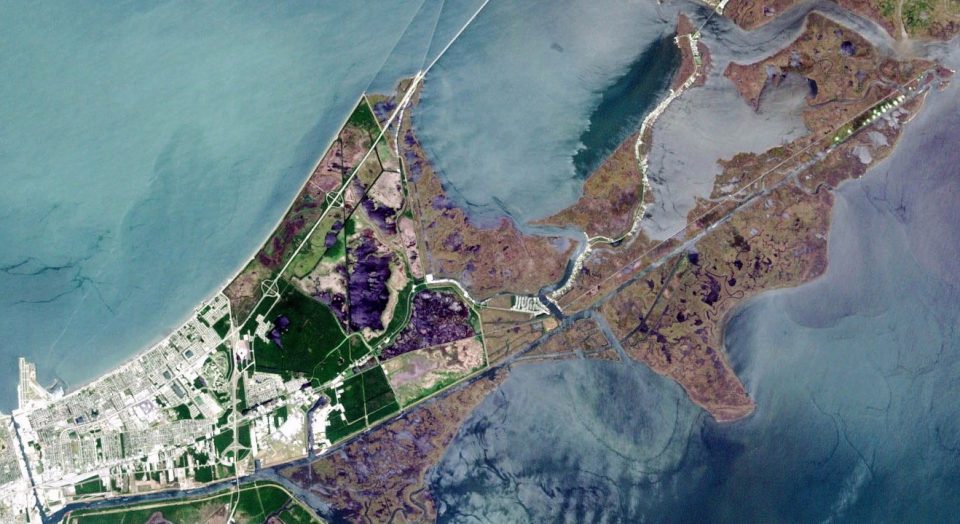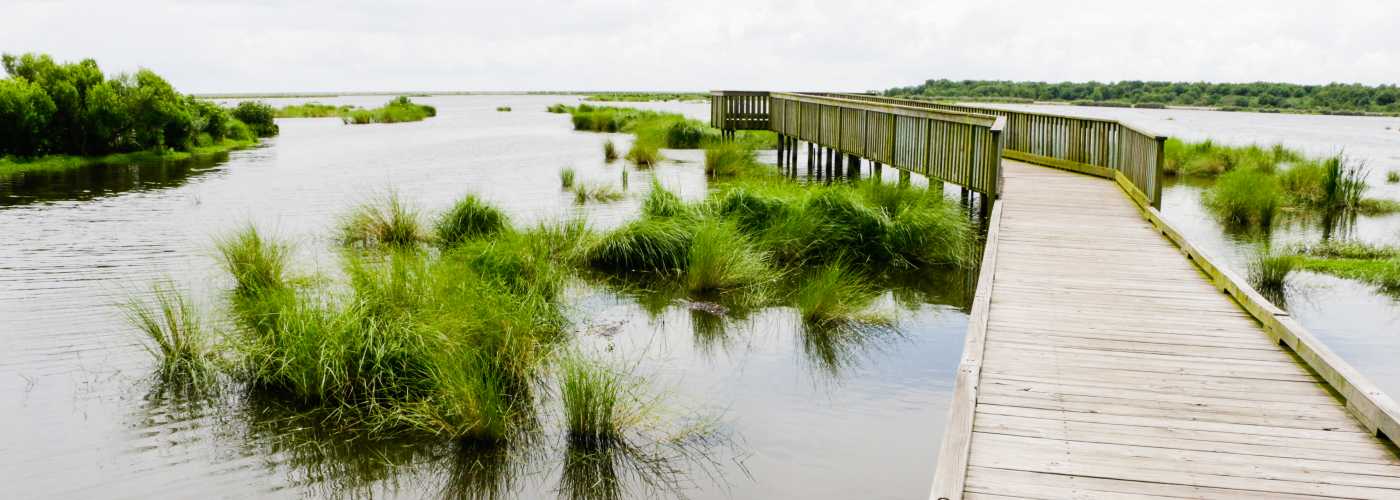Have you ever heard of the true East? Not the East where black people live. But the other one — you know, the one that matters. You haven’t? Well, you are missing out.
Picture it: a home where the nutria and possum roam, where the skies are always blue, and crabs and catfish frolic and flop in the most pristine waters. In this Eden, birds soar to atmospheric heights, only dropping their poop in polite places. It’s a hidden gem between Michoud and Slidell where alligators cross the road uninterrupted and crime is non-existent. Crawfish jump in their own pots of boiling water there. And at the end of the day, old men sit back in their rockers, sipping Sazeracs as the sun sets over a grateful Bayou Sauvage. Oh, and apparently this is all dependent on poor, governmentally neglected black people staying poor and governmentally neglected. What a win.
Some People Want to Keep the East Poor and Economically Disadvantaged
This is per James Gill, illustrious op-ed writer for nola.com. In his latest yawner, Gill envisions this breathtaking landscape and the horror that would ensue if this East, the true one, was ever discovered. The discovery in this case wouldn’t involve Columbus or the Nina, Pinta, and Santa Maria. Instead, it’d involve the state and city investing time, energy, and money into promoting Bayou Sauvage as a tourist attraction. “Come take a walk through nature.”
Gill’s article was basically a hit piece, a way of tattling on Lieutenant Governor Billy Nungesser. “Billy met with some black people at the PJ’s on Read, and they talking about pimping this place out.” But there’s one thing standing in the way, that other East, the black one. Where the people actually live.
Apparently, in Gill’s circles, that East is regarded as a “drab, crime-ridden wasteland” that would make T.S. Eliot shutter. But New Orleans East is home to some of the best new housing stock in the city. Some of the most expensive neighborhoods in the city are out east. In fact more property taxes are generated in New Orleans East than any other single neighborhood.

But like most other areas in New Orleans, there are some poorer parts that generate the headlines. Most decent people will pass through these areas and ask, why is this area struggling? But Gill would respond, thank goodness.
Because if the city actually continues to invest in NO East, it’d apparently makes the trek through it to Bayou Sauvage less treacherous. Next thing you know, a throng of tourists would descend upon this Eden. And the economic development would begin.
Related: The Election of Oliver Thomas
There’s always been a word for people who hoard wealth at the expense of others. In previous days when America was “great”, we called them massa. Today, the more appropriate term is miser. Gill, knowingly or unknowingly, went full miser.
Here it is, we have a wildlife preserve that could possibly become a major tourist attraction. Combine that with the Bayou Phoenix development, and the East becomes a major economic driver in the region. Jobs and business opportunities will be everywhere. But the response is basically alligator’s lives matter too.
That’s great if you’re an alligator or an old journalist who wants to sit on the porch and bask in the glory of your hidden treasure. Meanwhile across the Sauvage, people in the East we’ve always known are left having to pull themselves up by their own imaginary boot straps. What a way to treat the biggest suburb in the city.
But the ships have been chartered and the discovery may be inevitable. The aforementioned Bayou Phoenix is coming and a throng of side businesses will probably pop up around it. Faubourg brewery already dropped anchor. And more business is to follow. The East is silently growing, under Councilman Oliver Thomas’ leadership and vision.
So kick back in your rocker, Mr. Gill. Have a Sazerac. Keep your eye on that sunset. Enjoy the last rays of light while they last.

